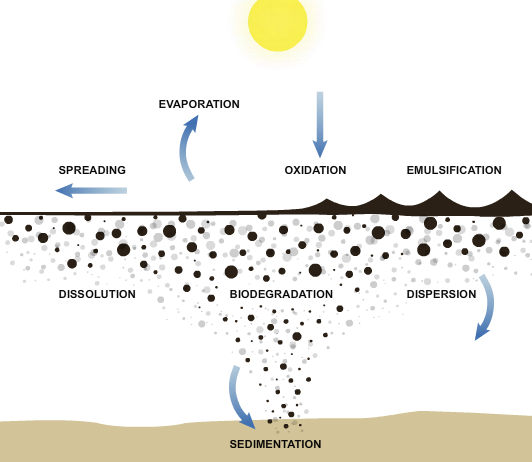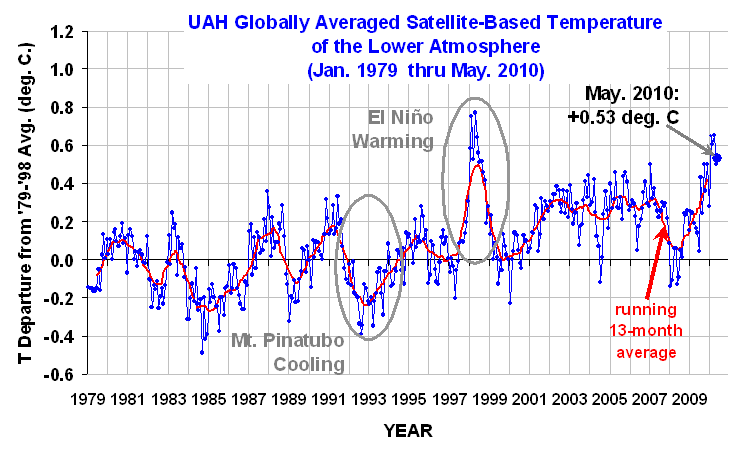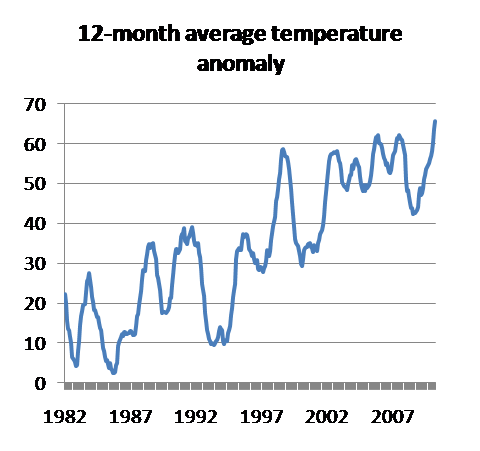|
MWH Soft Unveils Highly Anticipated InfoWorks TS for Comprehensive Hydraulic Transient Analysis Fourth Quarter 2010 Release to Deliver Unprecedented Transient Modeling Capabilities for Better Decision-Making |
||||||
|
Broomfield, Colorado USA, June 16, 2010 — MWH Soft, a leading global innovator of wet infrastructure modeling and simulation software and technologies, today announced the fourth quarter release of InfoWorks TSfor advanced hydraulic transient analysis. The groundbreaking release will give InfoWorks WS users worldwide direct access to the industry’s fastest, most comprehensive and widely acclaimed pressure surge analysis application, with unsurpassed power to help them better preserve distribution system integrity and avert potential problems. The news reflects MWH Soft’s vanguard position in the water industry and its continuing commitment to delivering pioneering technology for enhancing the safety and reliability of the world’s water supply. Anticipating and controlling transient response is critical to ensuring the protection, integrity, and effective/efficient operation of water distribution systems. Transient responses can introduce pressures of sufficient magnitude (upsurge) to burst pipes and damage equipment. The resulting repercussions can include extended service outages and loss of property and life. Transient responses can also produce sub-atmospheric pressures (downsurge) that can force contaminated groundwater into the distribution system at a leaky joint, crack or break, leading to grave health consequences. Sustained sub-atmospheric pressures may also lead to cavitation and water column separation, resulting in severe “water hammer” effects as the vapor cavity collapses. The state-of-the-art, full-featured InfoWorks TS transient flow analysis solution will address every facet of pressure surge analysis and its role in utility infrastructure management and protection, delivering the highest rate of return in the industry. It will provide the engineer-friendly framework needed to quickly assess the effects of pump station power failures, pump startup, valve closures, rapid demand and pump speed changes, and the efficacy of any combination of surge protection devices. The program will also accurately simulate transient cavitation and water column separation, evaluate their intensity, and estimate their potential effects on the system. Armed with this information, water utilities can more accurately predict the development of unacceptable operating conditions in their distribution systems, identify vulnerable areas and risks, evaluate and design sound protective measures, and determine improved operational plans and security upgrades. InfoWorks TS will also deliver blazing simulation speed, making transient analysis an even easier and more enjoyable task. “Water utilities and engineering consulting firms around the world rely on MWH Soft’s superior end-to-end modeling and design solutions to manage and operate better, safer systems,” said Paul F. Boulos, Ph.D, Hon.D.WRE, F.ASCE, President and Chief Operating Officer of MWH Soft. “By augmenting our popularInfoWork WS with powerful hydraulic transient modeling capabilities, we are creating a comprehensive tool kit for the waterworks engineer. This milestone solution will be the only analysis, design and management software users need to work faster and smarter in a competitive environment — not only to power system performance, but to safeguard critical infrastructures and maximize their effectiveness in protecting public health.” |
ScienceDaily (Mar. 30, 2010) — Decades of drought, interspersed with intense monsoon rains, may have helped bring about the fall of Cambodia's ancient Khmer civilization at Angkor nearly 600 years ago, according to an analysis of tree rings, archeological remains and other evidence. The study, published in the journal Proceedings of the National Academy of Sciences, may also shed light on what drives -- and disrupts -- the rainy season across much of Asia, which waters crops for nearly half the world's population.
Historians have offered various explanations for the fall of an empire that stretched across much of Southeast Asia between the 9th and 14th centuries, from deforestation to conflict with rival kingdoms. But the new study offers the strongest evidence yet that two severe droughts, punctuated by bouts of heavy monsoon rain, may have weakened the empire by shrinking water supplies for drinking and agriculture, and damaging Angkor's vast irrigation system, which was central to its economy. The kingdom is thought to have collapsed in 1431 after a raid by the Siamese from present-day Thailand. The carved stone temples of its religious center, Angkor Wat, are today a major tourist destination, but much of the rest of the civilization has sunk back into the landscape.
"Angkor at that time faced a number of problems -- social, political and cultural. Environmental change pushed the ancient Khmers to the limit and they weren't able to adapt," said the study's lead author, Brendan Buckley, a climate scientist and tree-ring specialist at Columbia University's Lamont-Doherty Earth Observatory. "I wouldn't say climate caused the collapse, but a 30-year drought had to have had an impact."
Scientists led by Buckley were able to reconstruct 759 years of past climate in the region surrounding Angkor by studying the annual growth rings of a cypress tree, Fokienia hodginsii, growing in the highlands of Vietnam's Bidoup Nui Ba National Park, about 700 kilometers away. By hiking high into the mountain cloud forests, the researchers were able to find rare specimens over 1,000 years old that had not been touched by loggers. After extracting tiny cores of wood showing the trees' annual growth rings, researchers reconstructed year-to-year moisture levels in this part of Southeast Asia from 1250 to 2008. The tree rings revealed evidence of a mega-drought lasting three decades -- from the 1330s to 1360s-- followed by a more severe but shorter drought from the 1400s to 1420s. Written records corroborate the latter drought, which may have been felt as far away as Sri Lanka and central China.
The droughts may have been devastating for a civilization dependent on farming and an irrigation system of reservoirs, canals and embankments sprawling across more than a thousand square kilometers. The droughts could have led to crop failure and a rise in infectious disease, and both problems would have been exacerbated by the density of the population, Buckley says.
The study also finds that the droughts were punctuated by several extraordinarily intense rainy seasons that may have damaged Angkor's hydraulic system. During a normal monsoon season, Angkor's hydraulic network could have handled heavy downpours, but after extended droughts, the system may have been vulnerable to massive siltation and clogging, the study suggests. Layers of coarse debris and other sediments found blocking some canals appear to have been laid down suddenly. In other spots, apparently sudden erosion cut canals as much as 8 meters below the surrounding landscape, potentially destabilizing the hydraulic system. Archeologists have found additional evidence that canals were rebuilt and rerouted to cope with water shortages.
In compiling the longest tropical tree ring record to date, researchers found that the third-driest, and the driest, years in the last 760 years occurred back to back in 1402 and 1403, about three decades before Angkor's fall. The second driest was 1888, which coincided with the 1888-1889 El Niño, a cyclical warming of the tropical Pacific Ocean. By correlating known El Niño cycles measured with modern instruments, researchers have documented how the cyclical warming and cooling of the tropical Pacific Ocean brings rain to some places and drought to others. The authors of the current study and other researchers suggest that El Niño, possibly abetted by longer, decades-long cycles across the Pacific basin, may have played an important role in shutting down the monsoon rains in this region, creating withering droughts in the past. Some scientists suspect that warming of the global climate may intensify these cycles in the future, raising the possibility of alternating Angkor-like droughts and destructive floods that could affect billions of people.
Similar studies suggest that abrupt environmental changes may have pushed other ancient civilizations over the edge, including the Anasazi people of the southwestern United States; the Maya people of Central America, and the Akkadian people of Mesopotamia. There is some evidence that other once-powerful kingdoms in what is now Vietnam and Myanmar may have fallen during the late 1700s, following extreme dry and wet periods.
"Both human society and the erth's climate system are complex systems capable of unexpected behavior. Through the long-term perspective offered by climate and archaeological records, we can start to identify and understand the myriad ways they may interact," said study coauthor Kevin Anchukaitis, a tree ring scientist at Lamont. "The evidence from monsoon Asia should remind us that complex civilizations are still quite vulnerable to climate variability and change."
Adapted from materials provided by The Earth Institute at Columbia University.
Journal Reference:
- Brendan M. Buckley, Kevin J. Anchukaitis, Daniel Penny, Roland Fletcher, Edward R. Cook, Masaki Sano, Le Canh Nam, Aroonrut Wichienkeeo, Ton That Minh, and Truong Mai Hong. Climate as a contributing factor in the demise of Angkor, Cambodia. Proceedings of the National Academy of Sciences, 2010; DOI:10.1073/pnas.0910827107




















 " is is used to indicate partial derivatives. The symbol indicates that we are to hold all of the independent variables fixed, except the variable next to symbol, when computing a derivative. The set of equations are:
" is is used to indicate partial derivatives. The symbol indicates that we are to hold all of the independent variables fixed, except the variable next to symbol, when computing a derivative. The set of equations are:








![Reblog this post [with Zemanta]](http://img.zemanta.com/reblog_e.png?x-id=8b866001-b95a-4817-9e32-aaf77beefe89)















